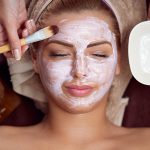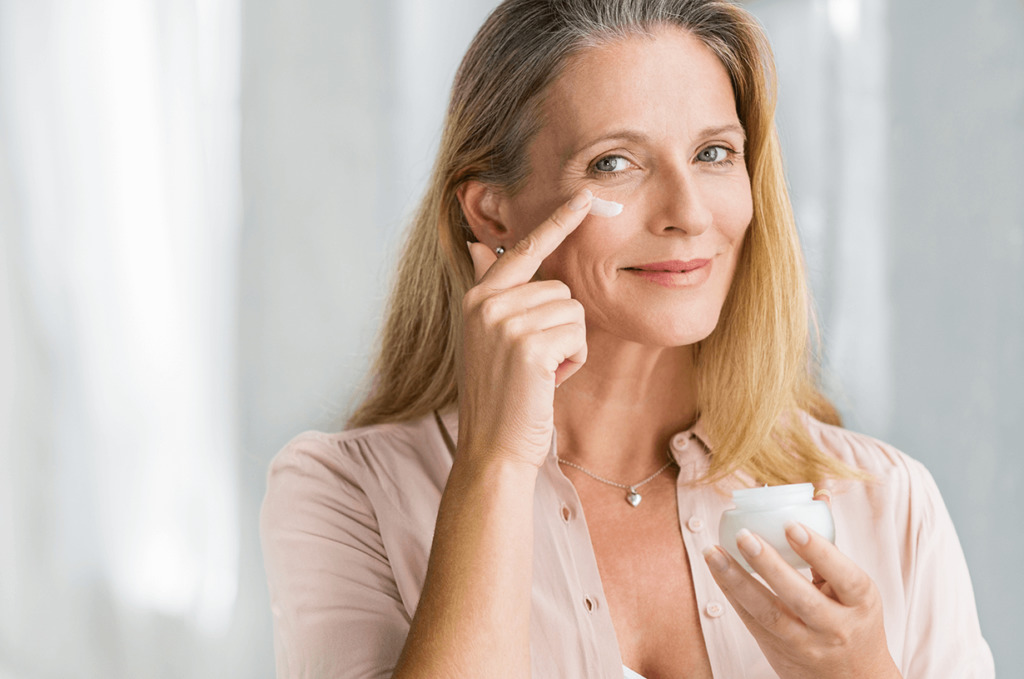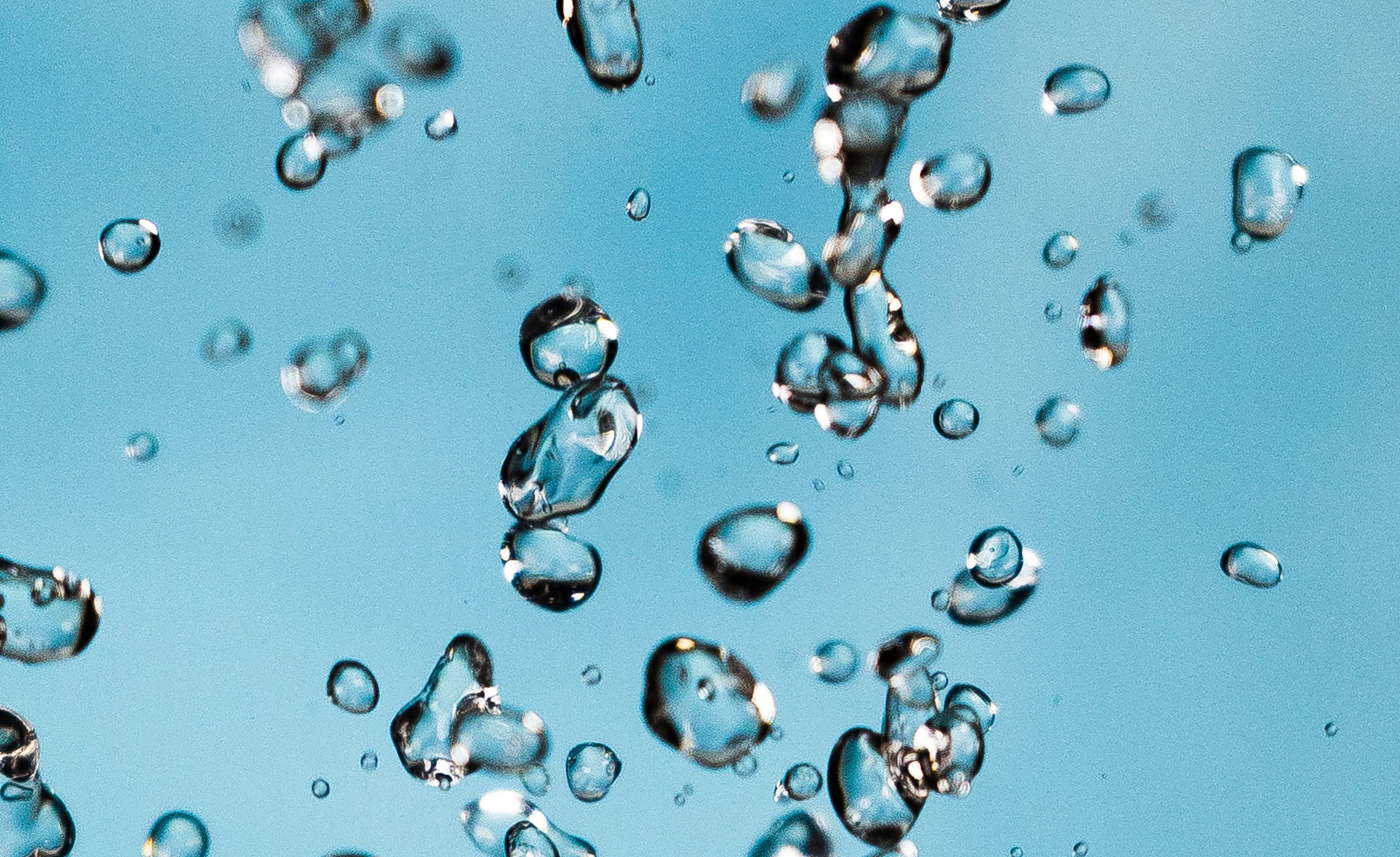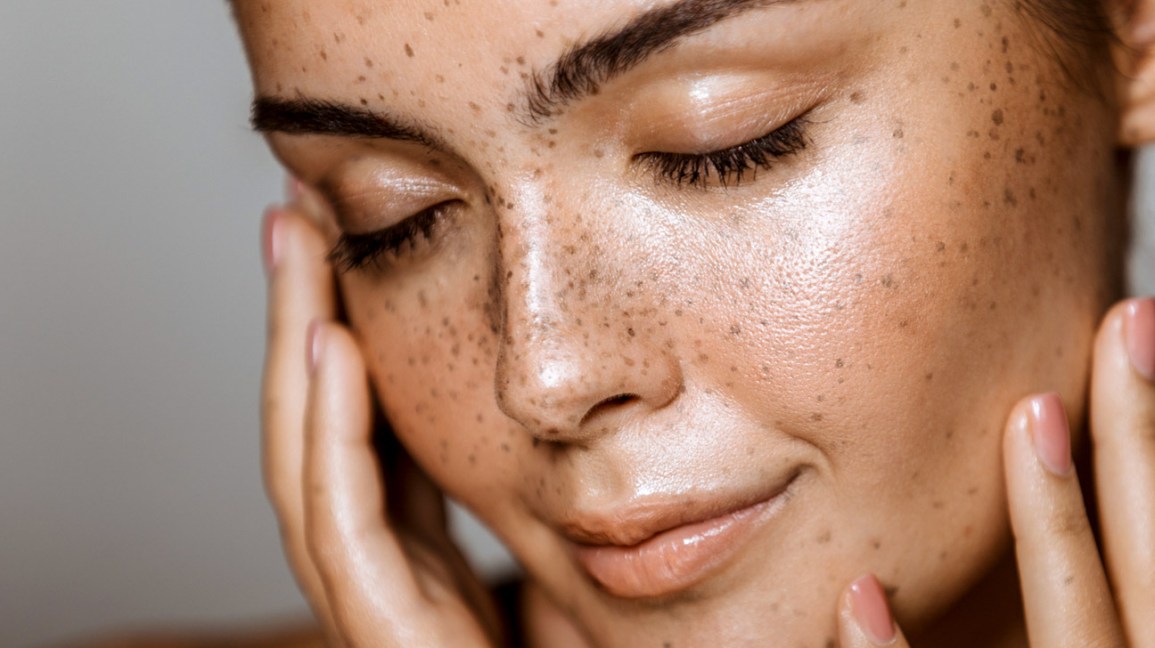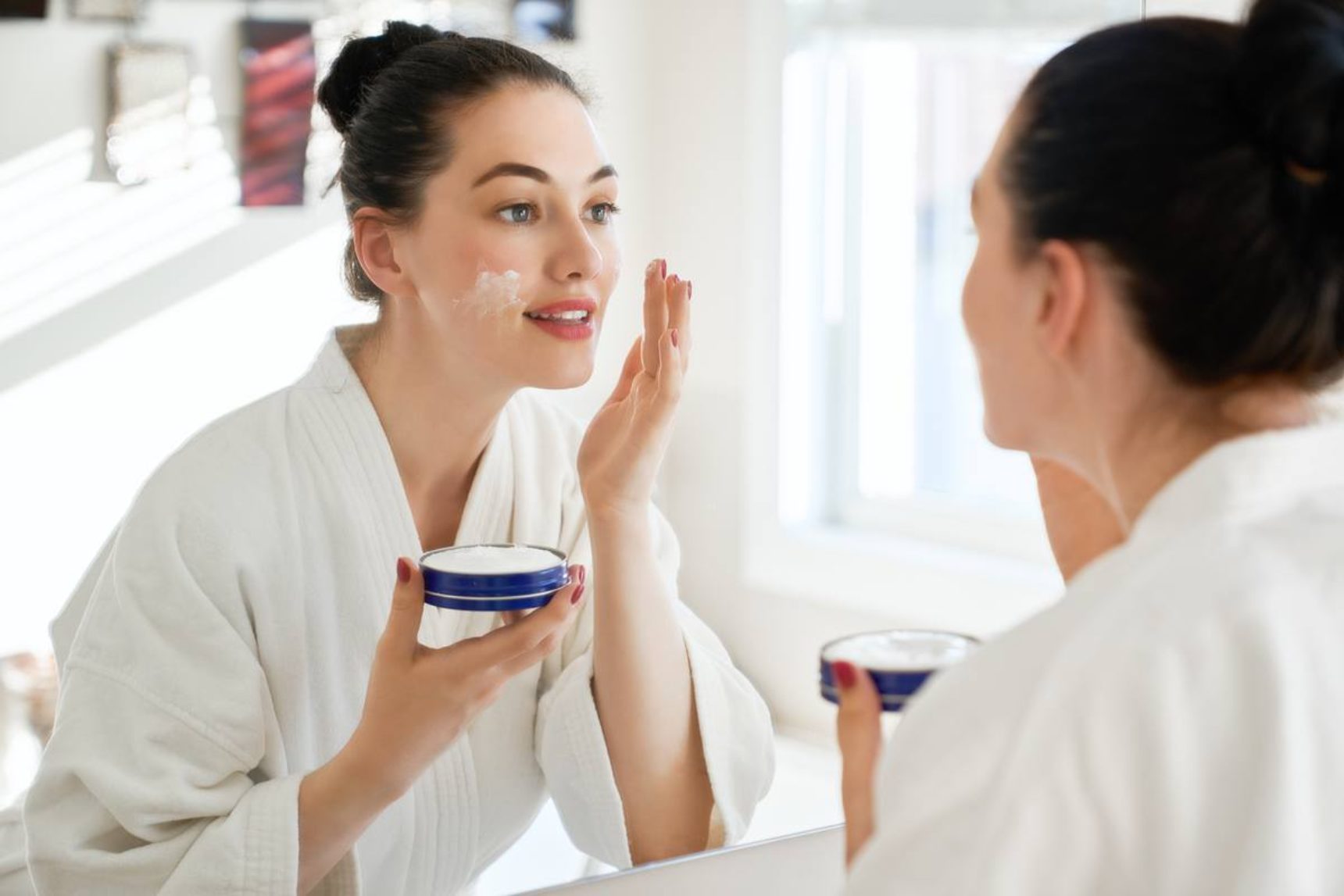
Web of red spider veins on the face, the prickling sensation of constantly red cheeks? When even spicy or hot foods can have an impact on your skin, it means that it is vascularised very sallow and we call this skin type – couperose. Learn all about how to identify this skin type and how to take care of it in order not to allow any unfavorable changes. It’s possible!
Couperose skin, which is what?
This skin type is pretty easy to diagnose. Blood vessels are widened. The blood circulates right under the skin and the blood vessels’ walls are weak, thin, and lack elasticity. Blood vessels widen rapidly due to high temperature, stress, or spicy foods. Couperose skin is red, itchy, and prickly. When it comes to this skin type the blush doesn’t just go away after a few minutes but it rather maintains for even a few hours and it’s not easy to camouflage it with make-up.
Couperose skin – women’s nightmare
Did you know that couperose skin is mainly a women’s thing?
Female skin is thinner and more sensitive to external factors. Estrogen is not without fault here as it is a hormone that causes blood vessels loosening. When it comes to couperose skin at some point blood vessels may stop constrict and be always visible underneath the skin in the form of spider veins on the cheeks, nose, and chin. Hardly anyone knows that the direct consequences of spider veins happen to be inflammations and rosacea.
The causes of broken blood vessels
- Genes, inheritence
- UV rays, solarium, sauna
- Sudden temperature changes, wind, freeze, and dry air from radiators and air-con
- Hot drinks and foods, spicy foods
- Stress, emotions
- A large amount of salt intake
- Drinking alcohol
- Intense exercise
- Incorrect cosmetics and wrong skincare
Couperose skin – avoid this!
- chlorinated water, sauna, and solarium
- steam treatments for face
- hot hairdryer air
- sudden heart rate changes
- birth control pills
- hot baths and steam rooms
- freeze, wind, humidity
- red wine
- exfoliators
- cosmetics with alcohol in the composition
- spicy foods and citrus
- hot beverages (including coffee and tea)
Couperose skin – the rules of skincare
Couperose skin requires special care, but sometimes it’s enough if you equip yourself in the right cosmetic (it is best to look for such at the pharmacy among dermo-cosmetics and natural cosmetics). When choosing products for skin care of couperose skin, you should remember to:
- Avoid cosmetics with menthol, peppermint, eucalyptus oil, vitamin A, urea, acetone, propylene glycol, or alcohol ethyl.
- Use the natural micellar liquid for make-up removal or cleansing milk for couperose skin.
- Always rinse down washing products with earlier boiled or mineral water (it should be slightly warm because then has a neutral impact on the blood vessels).
- Treat your skin gently after washing: gently dry it with no rubbing.
- Use gentle enzymatic exfoliator which is noninvasive. Exfoliator can be helpful because it speeds up cell renewal, however, you should not do it more than twice a month.
- Wear sun protection cream before leaving the house but also a foundation for the additional protection layer.
Couperose skin – which ingredients it likes?
You should look for cosmetics with:
- Gingko Biloba
- Vitamin C
- Common witch-hazel
- Rutin
- Vitamins K and PP
- Buckeye extract
- Wolf’s bane extract
Couperose skin – homemade skincare
Kiwi face mask for couperose skin
Combine one mashed kiwi with a tablespoon of lemon juice and a tablespoon of potato flour. Apply to face and wash down after 15 minutes.
Dairy face mask for couperose skin
Mix a tablespoon of mashed heavy curd with a tablespoon of heavy cream or yogurt and apply to face. Wash down after 20 minutes.
Flaxseed face mask for couperose skin
Minced flaxseed mix with water in 1:5 proportion (10 ml flaxseed and 50 ml water) then boil until the mushy texture and cool it. Add a tablespoon of yogurt and mix. Keep on face for 20 minutes then wipe off with cotton pads.

